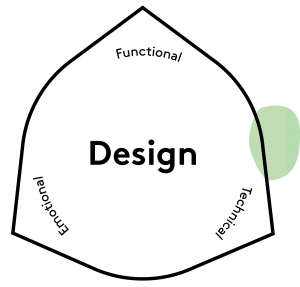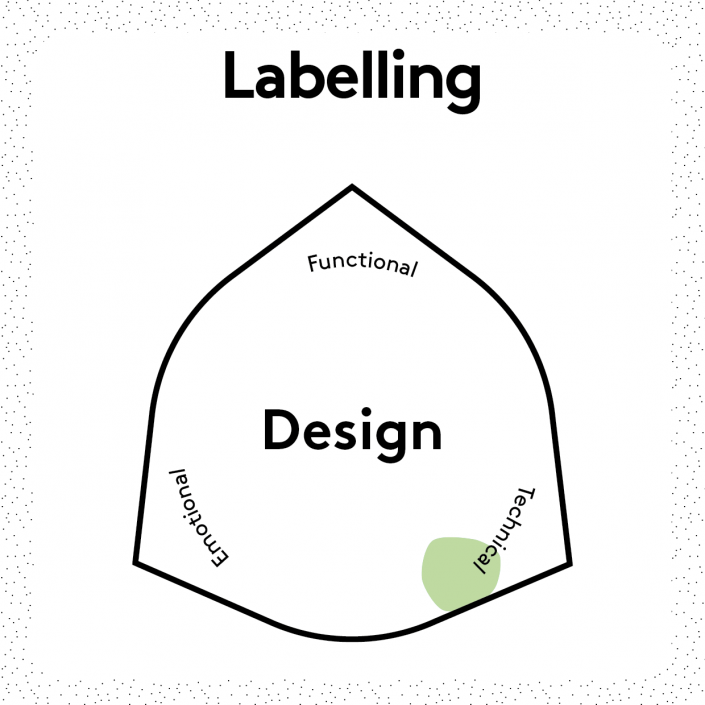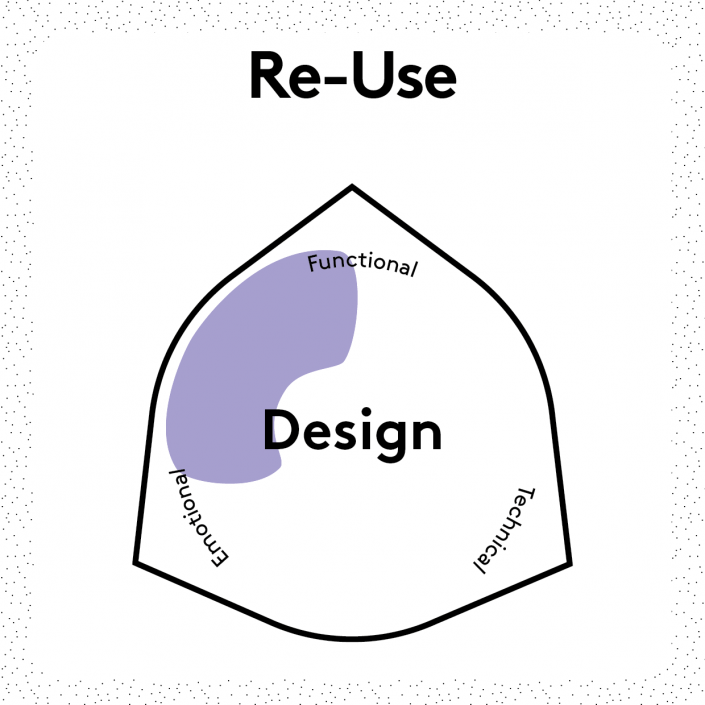What?
Materials and production methods that are mindful of their environmental impact and that intend to reduce or cancel it.
Why?
Environmentally friendly materials minimize pollution and use of resources throughout their life cycle, from extraction, transformation and use to their end of life.
Challenges
- The ‘environmental friendliness’ of a material can be difficult to assess, as it depends on contexts of extraction and use.
- A product might not necessarily be environmentally friendly even if the material it is made of is.
- Environmentally friendly materials often compete with less expensive or more popular alternatives.
Examples
- Syntegon and BillerudKorsnäs created a paper-only packaging suitable for all dry food, replacing soft plastic packaging.
- Conventional plastics (such as Polyester and Nylon) that are made by using renewable resources, see for example the Plantbottle initiative.
- Leather alternatives such as the Hemp Bio leather or Piñatex.
Further Reading
Ashby (2009). Materials and the Environment: Eco-informed Material Choice. Butterworth-Heinemann.
Bahrudin & Aurisicchio (2018). The Appraisal of Sustainable Materials. International Design Conference.
Santi et al. (2019). Material Eco-Replacement: Correlating Product Lifespan and Material Durability when Evaluating the Substitution of Plastic with Novel Circular Materials. 3rd PLATE conference, Berlin.







